Air Exerts Pressure
Chapter 8: Winds, Storms and Cyclones
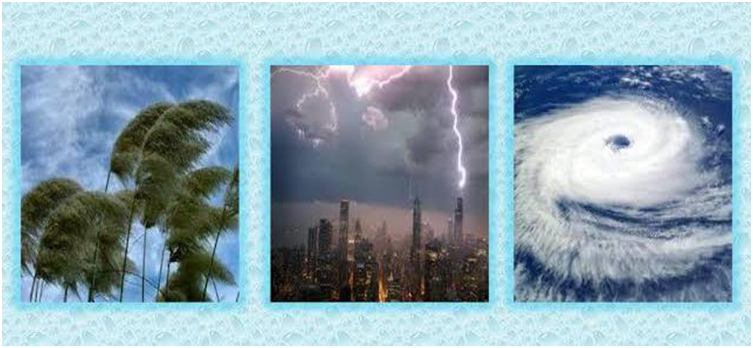
The air tends to rise and causes a drop in pressure. More air rushes to the centre of the storm. This cycle is repeated. The chain of events ends with the formation of a very low-pressure system with very high-speed winds revolving around it. It is this weather condition that we call a cyclone.
Air exerts pressure
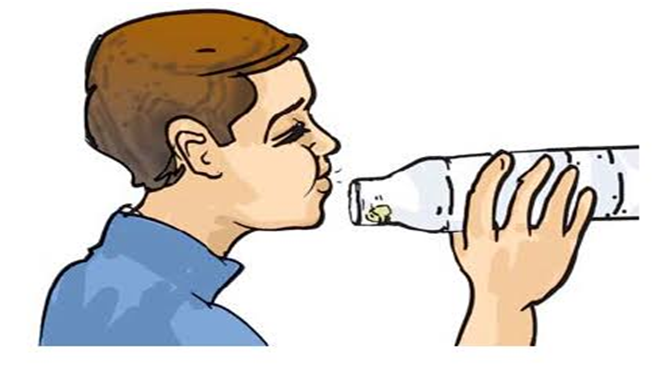
Air is made up of molecules of different gases. The molecules are colliding with each other continuously with the walls of the container. When a molecule collides with the wall, they exert small force on the wall The pressure exerted by the gas is due to the sum of all these collision forces.
High-Speed Winds Are Accompanied by Reduced Air Pressure
High speed winds are accompanied by reduced air pressure
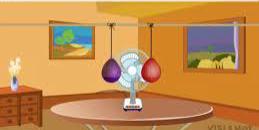
As the pressure of an area reduces, wind speed increases and vice versa. Higher the pressure difference, higher the speed of wind. Thus, the two major concepts are: High speed winds are accompanied by reduced air pressure.
Air Expands on Heating
Air expands on heating
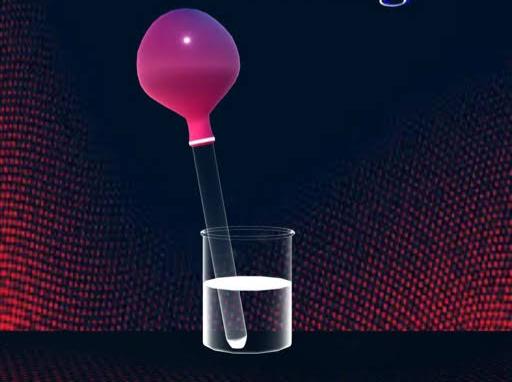
Air expands on heating. Why does this happen? It is because the particles of air on becoming warm, move away from each other and take up more space. So we can say that air on becoming hot occupies more space
Wind Currents Are Generated Due to Uneven Heating on The Earth
Wind currents are generated due to uneven heating on the earth
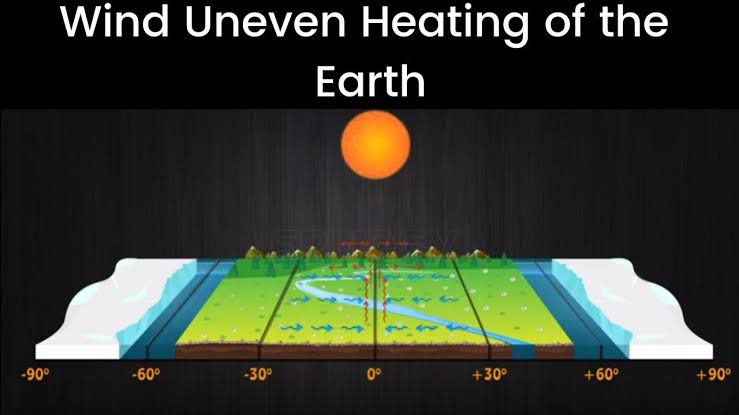
Wind currents are produced due to the non-uniform heating of the Earth. That means uneven heating at the equator and the poles. This warm air rises and the making up of cooler air from the regions with the 0-30 degrees latitude belt on either side of the equator moves in. This is how wind currents are being generated.
Current winds bring up air from one type of climate to the other. Suppose let warm winds that travel above water tend to collect moisture as they travel, then the water vapour in the air gets to be condensed as it moves into colder climates. This is why temperate coastal areas are frequently receiving heavy rainfalls.
Thunderstorms and Cyclones
Thunderstorm and cyclones
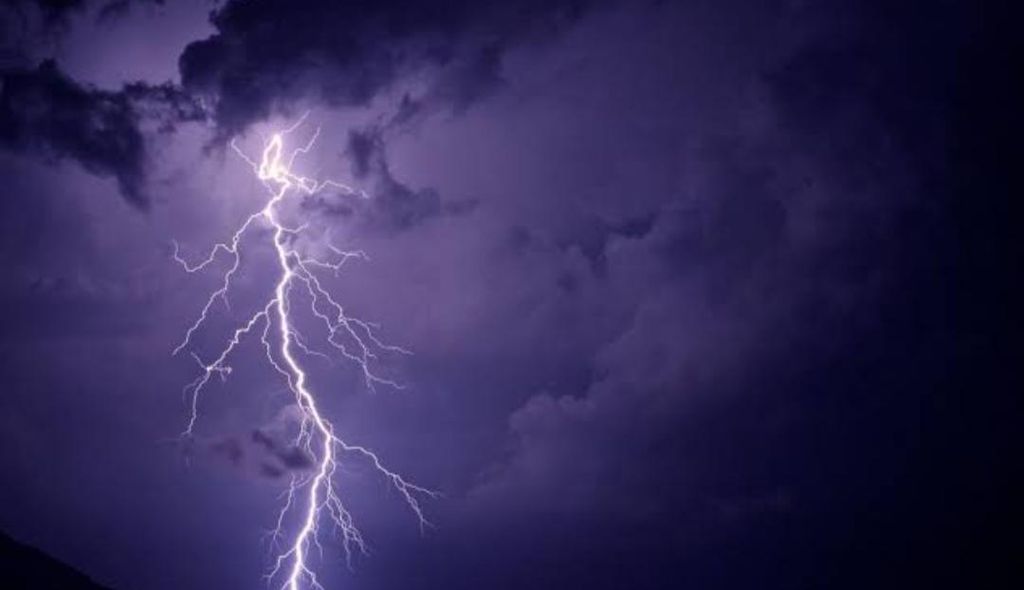
Destruction Caused by Cyclones
Destruction caused by cyclones
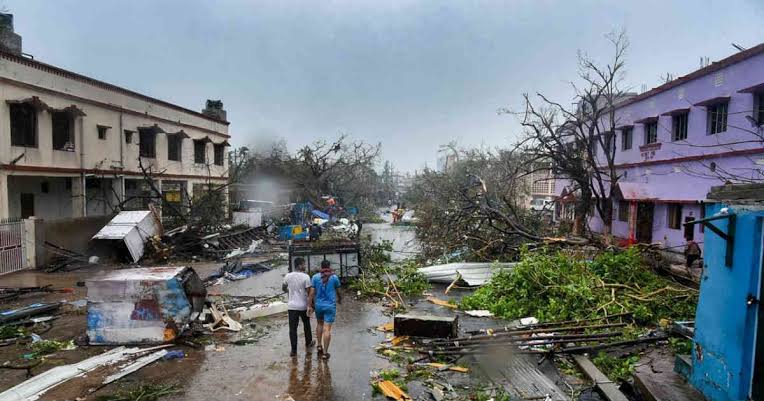
The destruction caused by cyclones depends on its intensity, location, and size. In forest regions, the trees get uprooted and canopies get affected. In coastal regions, the banks and embankments get eroded. In deserts, the sand dunes get reshaped whereas in mountainous regions mudslides and landslides occur.
Effective Safety Measures
Effective safety measures
Keep your emergency kits ready and handy.
Make sure you have kept your phones and other necessary electronic devices charged.
Keep candles ready in case the electrical power is cut off.
Repair your roof shed or tiles. …
Tie loose poles and rods with ropes before the storm hits
Advanced Technology Has Helped
Advance technology has helped
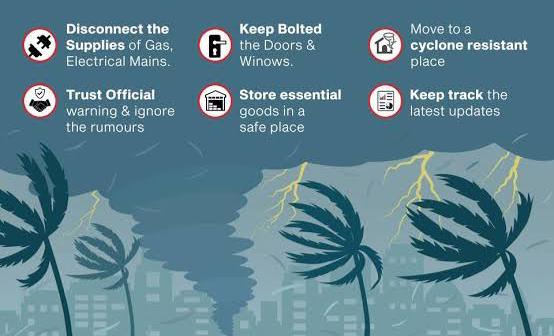
Advancements in satellite and radar has made it easier to see storms that may or are producing a tornado. With the new addition of dual polarization to the national WSR-88D doppler radars, the radar is able to scan a storm twice.

 Param Publication
Param Publication
 Grow Career Publication
Grow Career Publication
